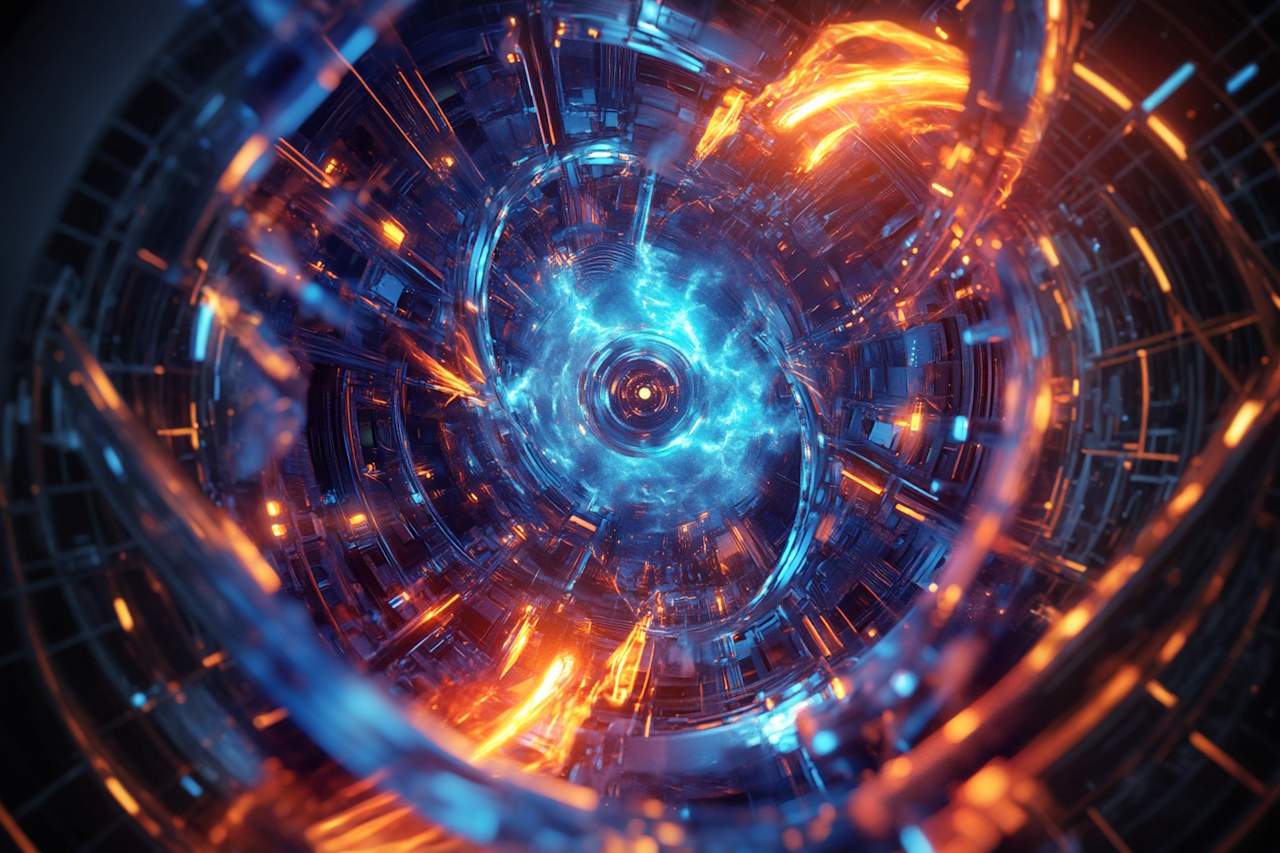In the pulsating heart of scientific ambition, where dreams of limitless energy shimmer like distant stars, fusion energy stands as a beacon of hope. It promises a future where clean, sustainable power sources are not just a distant possibility but an imminent reality. At the forefront of this endeavour is the revolutionary integration of Generative AI (GenAI) technologies, which are being harnessed to build AI-based surrogates and regressors. These tools are vital in the modelling of radio frequency (RF) heating, a crucial process for sustaining fusion reactions.
Fusion Energy and the Role of RF Heating
Fusion energy is, in essence, the power of the sun captured in a bottle. It involves the merging of atomic nuclei to release energy, a process that occurs naturally in stars. Unlike nuclear fission, which splits atoms, fusion promises an abundant source of energy with minimal environmental impact. However, achieving a stable fusion reaction on Earth requires precise control over the conditions within a fusion reactor.
Radio frequency heating is a critical component in this process. It involves the use of electromagnetic waves to heat the plasma within a reactor to the extreme temperatures needed for fusion to occur. This method is not only efficient but also provides a way to sustain the reaction over prolonged periods, making it essential for the viability of fusion energy.
The GenAI Revolution in Fusion Science
Generative AI has emerged as a transformative force in many scientific domains, and fusion energy is no exception. By employing AI-based surrogates and regressors, researchers can create sophisticated models that simulate RF heating with unprecedented accuracy. These models are crucial for predicting and optimising the conditions within a fusion reactor, ensuring that the plasma remains stable and the reaction remains efficient (source).
The benefits of using GenAI in this context are manifold. It allows for the rapid testing of different reactor conditions without the need for costly physical experiments. Moreover, AI models can process vast amounts of data to identify patterns and optimise reactions in real-time. This capability is particularly valuable given the complex and dynamic nature of plasma behaviour in fusion reactors (source).
Current Innovations and Collaborative Efforts
Recent advancements highlight the growing synergy between AI and fusion research. Engineers have successfully used AI to manage plasma instabilities, a significant hurdle in maintaining sustained fusion reactions. Such breakthroughs underscore the potential of AI to overcome traditional challenges in fusion energy science (source).
Collaborations between leading research institutions and AI experts are also driving progress. For instance, initiatives like the AI for Fusion Energy Challenge bring together diverse expertise to tackle the intricacies of plasma physics and reactor design. These partnerships are instrumental in pushing the boundaries of what is possible with AI-enhanced fusion technologies.
Navigating Challenges and Future Prospects
Despite the promising advancements, integrating AI with fusion energy technology is not without its challenges. The complexity of plasma dynamics, coupled with the need for real-time data processing, demands sophisticated AI models and robust computational resources (source). Moreover, the integration of AI into existing scientific workflows requires careful consideration to ensure compatibility and efficiency.
Looking ahead, the future of AI-enhanced fusion energy holds immense potential. Continued research and development could pave the way for practical fusion reactors that are both economically viable and environmentally sustainable. As AI technologies continue to evolve, they will likely play an increasingly pivotal role in unlocking the full potential of fusion energy, bringing us closer to a future powered by the stars.
The Path to Limitless Clean Energy
In the race to harness the boundless energy of the universe, Generative AI has emerged as a powerful ally. Its ability to model and optimise RF heating processes is transforming fusion energy science, heralding a new era of clean, sustainable power. As researchers continue to explore the synergies between AI and fusion technology, the dream of limitless energy draws ever closer. The journey is complex, but with AI as a guide, the destination is within reach, promising a brighter, more sustainable future for all.


